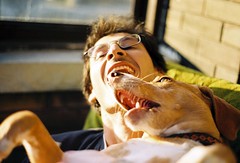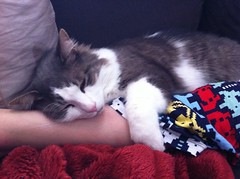Mammary cancer in dogs and cats – holistic approaches
Friday, December 8th, 2017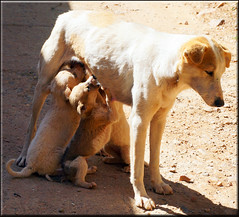 I’ve gotten many requests to write something about mammary cancer. I guess I’ve been hesitant both because I feel like compared to some of the other cancers, I haven’t treated a lot of it, and my first cat Millie died of it. It was a horrible death with an infected oozing tumor and her not being able to breath. When I found the tumor it was smaller than a pea but when we tried to remove it her oxygen fell and we had to quickly pull her out of anesthesia and leave the tumor. It was already in her lungs. I was just finishing vet school and elected to treat her with steroid injections and later also antibiotics. She made it for the drive back to Seattle but passed away within a month of me moving back home, just three months after the lump appeared.
I’ve gotten many requests to write something about mammary cancer. I guess I’ve been hesitant both because I feel like compared to some of the other cancers, I haven’t treated a lot of it, and my first cat Millie died of it. It was a horrible death with an infected oozing tumor and her not being able to breath. When I found the tumor it was smaller than a pea but when we tried to remove it her oxygen fell and we had to quickly pull her out of anesthesia and leave the tumor. It was already in her lungs. I was just finishing vet school and elected to treat her with steroid injections and later also antibiotics. She made it for the drive back to Seattle but passed away within a month of me moving back home, just three months after the lump appeared.
This cancer is very preventable with early spaying of females. Animals spayed before their first heat have on a 0.6% chance of getting mammary cancer, after the first heat it jumps to 6%, and after the second 26% or higher as the number of heats before spay increases.
In cats, this cancer is highly aggressive, quickly spreads to the lungs, and most cats die from lung involvement within three months of diagnosis. Most tumors in cats are malignant but occasionally you get a benign one.
In dogs we see a few types of tumors. Many are benign and removal is curative. Of the cancerous ones, some are more aggressive than others with local occurrance and lung spread as issues. Some are very low grade and there is minimal chance of spread. It is not uncommon especially in unsprayed females to see multiple tumors in which case sometimes the whole mammary chain is removed.
I do have a lovely little Rottweiler patient, Ella, who had a less aggressive form of mammary cancer who has been in complete remission for over two years. The tumor was removed, a little Hoxsey, acupuncture, and a loving dog mom to take care of her and love her!
So first let’s talk about dogs. How do I approach this cancer
- I recommend removing the tumor if possible and the lungs are clear. These are inflammatory tumors, they ulcerate, they bleed, they spread to the lungs. Get rid of it before it does.
- Acupuncture – I can’t say enough about acupuncture’s ability to hold, slow, and stop cancer and help animals feel better.
- Hoxsey like formula – This formula is made for tumors like this, which are angry and inflammatory. These dogs often have heat signs and run hot.
- Lung protection – if this is a very low grade tumor with very low chance of spread I stop here. Anything else gets herbs to prevent spread to the lungs. See Breathing Through Cancer
- Artemisinin has a place for these tumors. It has actually been studied in humans with breast cancer and shows good results.
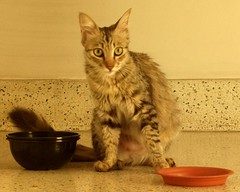 Cats. I’m going to be honest, I have never had a cat come to me with mammary cancer. I think so many of our cats are spayed early in Seattle, we just don’t see much of it.
Cats. I’m going to be honest, I have never had a cat come to me with mammary cancer. I think so many of our cats are spayed early in Seattle, we just don’t see much of it.
However if I was treating a cat, my primary objective would be lung protection. I would also highly consider using Hoxsey like formula if the tumor could not be removed. In cats, I think an oncologist consult might be worth while especially since this cancer is so fast to spread. If the tumor can not be removed, and chemotherapy is not an option, talk to your vet about steroids and pain management.
As with all advice offered on this website please check in with your animal’s primary veterinarian before using any of these herbals and supplements.
Return to Integrative and Holistic Methods for Treating Cancer in Cats and Dogs
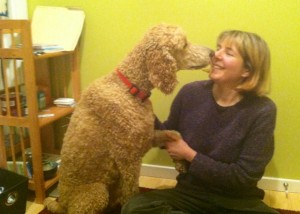 Izzy has one of the best noses of any dog I know. I usually have a treat jar in my office and when Izzy comes I have to hide it, otherwise he is obsessed with getting into it the whole appointment. I usually give one treat before an acupuncture treatment and one after and usually I can hide the treat for after on top of one of my picture frames but not from Izzy. The one time I tried he was climbing the walls, he knew it was there.
Izzy has one of the best noses of any dog I know. I usually have a treat jar in my office and when Izzy comes I have to hide it, otherwise he is obsessed with getting into it the whole appointment. I usually give one treat before an acupuncture treatment and one after and usually I can hide the treat for after on top of one of my picture frames but not from Izzy. The one time I tried he was climbing the walls, he knew it was there. However almost immediately after starting chemo Izzy’s energy dropped. He was no longer a happy, energetic dog but was instead lethargic and sick and his people, who loved him so much, felt like they could not continue the treatments that could help him but also were making him so sick. Luckily he was working with one of my favorite veterinarians, Dr. Tim Kraabel and he made a recommendation to try some acupuncture. I had briefly worked with Izzy’s people with another elderly dog who had since passed and they jumped right on board with that recommendation. Between Dr. Kraabel and Pete and Elise they identified that the prednisone that was part of his chemo protocol was a large part of what was making him ill. Dr. Kraabel recommended stopping it permanently and also stopping all the chemotherapy for a short time until we could get Izzy to a better place.
However almost immediately after starting chemo Izzy’s energy dropped. He was no longer a happy, energetic dog but was instead lethargic and sick and his people, who loved him so much, felt like they could not continue the treatments that could help him but also were making him so sick. Luckily he was working with one of my favorite veterinarians, Dr. Tim Kraabel and he made a recommendation to try some acupuncture. I had briefly worked with Izzy’s people with another elderly dog who had since passed and they jumped right on board with that recommendation. Between Dr. Kraabel and Pete and Elise they identified that the prednisone that was part of his chemo protocol was a large part of what was making him ill. Dr. Kraabel recommended stopping it permanently and also stopping all the chemotherapy for a short time until we could get Izzy to a better place.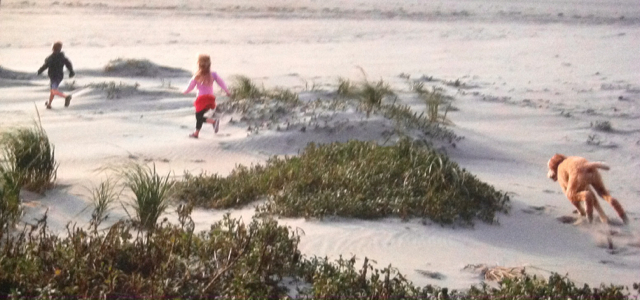

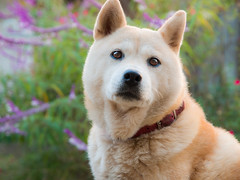

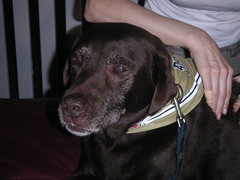
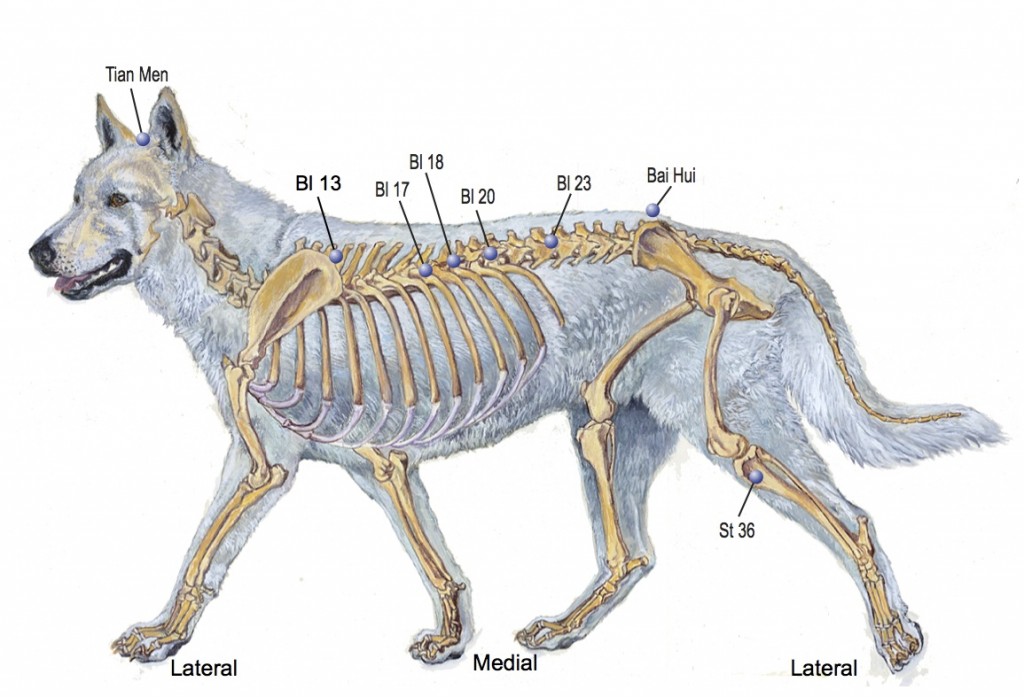
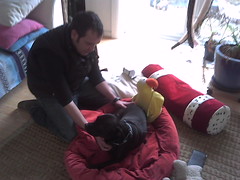


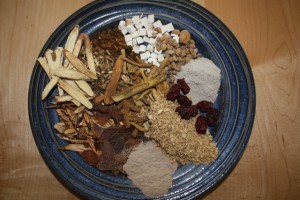

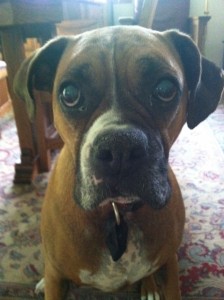
 A dog named Rooney started it all. Path With Paws would not exist without Rooney, this book would not exist and I don’t know if I would have begun by quest into treating animals with cancer without Rooney. See
A dog named Rooney started it all. Path With Paws would not exist without Rooney, this book would not exist and I don’t know if I would have begun by quest into treating animals with cancer without Rooney. See 

